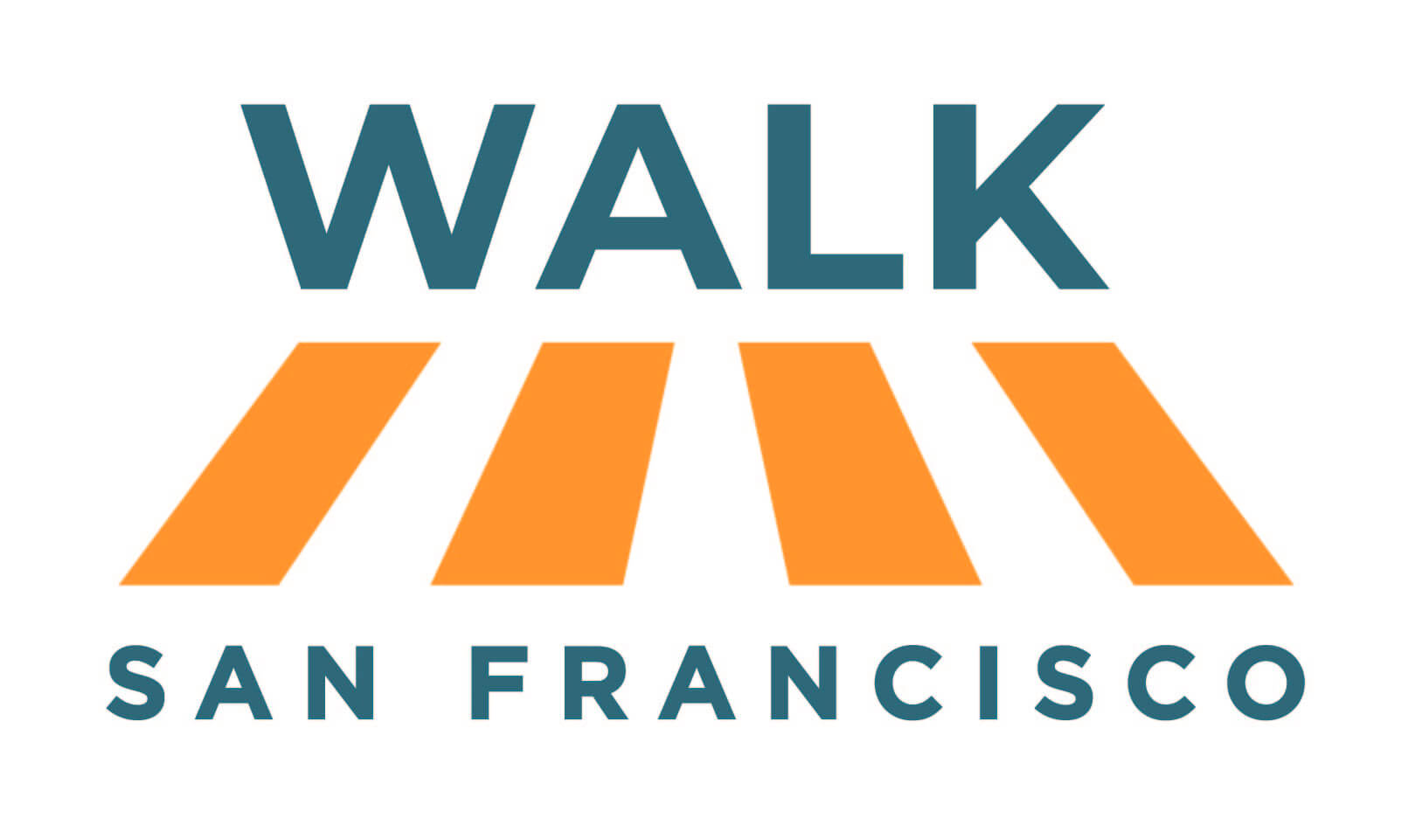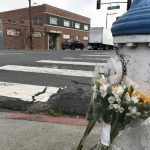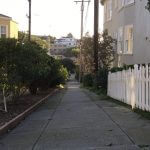Slow Streets could (and should) be made permanent
During the pandemic, it’s been so important for all of us – of every age and ability – to have places where we can get out for fresh air and exercise with enough space for social distancing.
We’re grateful that SFMTA’s Slow Streets program has been making these places happen across the city. On Slow Streets, people are prioritized and vehicle access is only for residents, deliveries, and businesses. There are now more than 45 miles of Slow Streets. On March 2 the SFMTA Board will consider approving new Slow Streets in the Bayview, Visitacion Valley, Western Addition, Ingleside/Outer Mission, Inner Sunset, and Parkside.
Beyond safe space for social distancing, the network of Slow Streets supports making essential trips on foot and bike, neighborhood economic recovery, and a way to fill the gap with limited MUNI service.
Can Slow Streets also help address some of our city’s traffic safety challenges, too? We certainly think so here at Walk SF. Speed is the number one factor in severe and fatal crashes. Too many neighborhoods have what can only be described as a hostile environment for those walking and biking.
And for cities around the world that have made notable progress in reducing severe and fatal crashes, car-free and car-lite spaces are always part of the equation. It’s part of redesigning streets to prioritize safety, especially for the most vulnerable – and make walking and biking much more inviting.
All of this is why Walk San Francisco supports making a network of Slow Streets a long-term solution. And big news: SFMTA is now considering making some Slow Streets permanent, starting with Page, Shotwell, and Sanchez.
While surveys about Page and Shotwell closed last fall, SFMTA’s new Sanchez Street survey (open until February 22) includes a question about making Sanchez a permanent Slow Street. So if you live on or near Sanchez Street, be sure to take the survey. And if you don’t, take a minute to share your love of Slow Streets with your Supervisor.
The criteria and approach of the Slow Streets program means it’s not a fit for every neighborhood. But every neighborhood deserves streets where drivers travel at safe speeds and people are made the priority. Our new district-by-district Vision Zero report cards make clear how much work remains. So that’s why with your help, Walk SF will keep pushing for changes in every part of the city.
Read more about our Slow Streets campaign.
Banner image from the Cabrillo Slow Street by Andy Thornley




